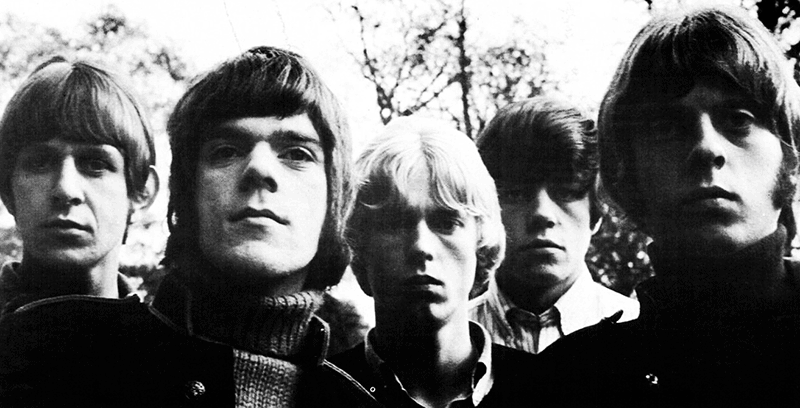As the COVID epidemic winds down (hopefully soon) this time period will go down as one in which home entertainment (via Netflix, Amazon Prime, HBO, Disney etc. as well as podcasts and music) reached an all-time high.
Someone just posted, “I just finished Netflix!” on Facebook. I feel just about like that. My wife and I have burned through more series than I can count. The difference between us, though, is that I will retreat to my listening room on a regular basis to not only listen to how good my system sounds (especially when listening to excellently recorded music) but also to enjoy music with lesser-quality recording or production values, because I just want to hear great music.
I don’t know very many audiophiles who only listen to stuff that makes the financial outlay of their systems justifiable to family and friends, but I know enough to understand the logic.
That is a choice, but one that I don’t choose – I don’t want sound quality alone to control my music-listening preferences.
Case in point: I just started to listen, for the first time in a long time, to albums by the group the Move.
I became aware of the Move from my neighbor, Michael Kagan, an Anglophile who always had new UK music first.
He played the Move single “Night of Fear” to me in 1966. Michael also introduced me to The Who, Cream, Cat Stevens and the Bee Gees in 1966 and 1967.
No one else I knew had heard any of these artists.
While the Beatles had totally overtaken the UK charts in 1963 and 1964, with either actual Beatles music, or music by bands covering Beatles music, or bands who sounded like the Beatles with the Merseybeat sound (Gerry and the Pacemakers, Freddy and the Dreamers, Billy J. Kramer and the Dakotas, The Cyrkle, The Fourmost, The Searchers and so on), the Move were a natural extension of the heavy melodic pop of the Beatles and the Who.
The Move were very, very popular in the UK and were a perfect example of how much the Beatles had affected the next generation of pop groups. The band was also clearly inspired by the Who and it is evident that the chords used in their music showed the Who’s influences – listen to “(Here We Go Round) The Lemon Tree” – but, in the end, all roads lead back to the Beatles, and the Move had all the chops (both as musicians, songwriters and vocals) to carry that weight (sorry!).
In 1967, the Move released their first huge hit (reaching Number 2 in the UK charts) with “Flowers In The Rain.” This was a perfect hippie, late Summer of Love track. The song was so big that, when the then-new BBC Radio 1 debuted, the first song they played was not by the Beatles, Stones or the Who. It was “Flowers In the Rain!” Their next big UK hit (also in 1967) was “I Can Hear the Grass Grow.”
The band caused quite a stir in the UK with the release of the song. Their manager decided to promote the single with a postcard photo of Prime Minister Harold Wilson in a compromising position with his secretary. Wilson sued, the band lost the case, and they had to turn over all the royalties (forever) to a charity of Wilson’s choice. Their manager, Tony Secunda, used publicity as much as he could, and the band seemed to always be involved with some kind of performance gimmick. They dressed as gangsters for a while, smashed up TVs onstage and generally did things to bring them attention.
I remember reading about all of that in Rolling Stone at the time.
When I finally got the album Shazam, in March of 1968, I was already primed to like them. What I discovered, however, was a pop rock album of exquisite songs that have stood the test of time.
Looking for Move albums became somewhat of a chore, and, of the five Move albums I own, only two, Shazam and Message From the Country, are actually purposely-recorded studio albums. The remainder are just greatest hits collections.
It seems that the Move changed record labels about as often as they changed members. Roy Wood was the only constant (in the band’s classic era) and as they evolved, the Jeff Lynne era closed out the band as Roy and Jeff moved on to form The Electric Light Orchestra (ELO) in 1970.
The Move only showed up briefly in the US. I had tickets to see them at the Fillmore East in October 1969 but the tour was cut short and they only played a small club in NYC called Ungano’s for one night. They never returned and I missed out.
The creator of the band was Roy Wood.
The Move had no problem singing with their British accents out front. This was during the era where most UK bands wanted to sound as “American” as they could.
So, as I said in the beginning of this article, COVID caused me to return to the Move. No, these albums (and assorted tracks) are not sonic masterpieces. Neither are records by the Stones, Zep, Traffic or Procol Harum for that matter. What they are, however, are albums containing music that brings a smile to my face. Every time.
Here is a list of Move tracks that I suggest you listen to if Brit pop circa 67-72 is your thing.
“Flowers In The Rain”
“Blackberry Way”
“Beautiful Daughter”
“(Here We Go Round) The Lemon Tree”
“Fire Brigade”
“Curly”
“Yellow Rainbow”
“Brontosaurus”
“Cherry Blossom Clinic”
“Message From The Country”
“Do Ya”
“I Can Hear The Grass Grow”
“Hello Susie”


